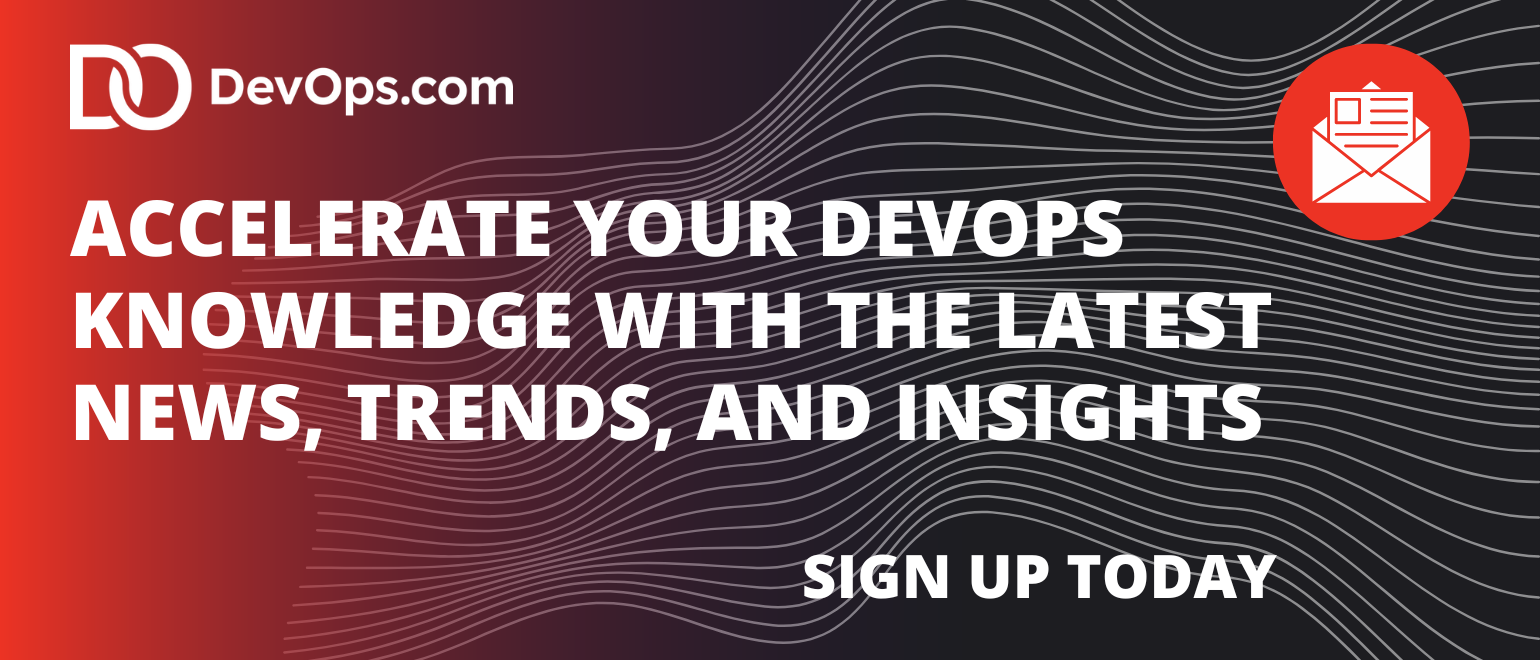Cisco today at its Splunk .Conf25 conference previewed a series of artificial intelligence (AI) agents for the Splunk Observability platform that are capable of automating the collection of telemetry data using open source OpenTelemetry software, detecting issues, identifying root causes, and applying fixes.
At the same time, Cisco also launched Cisco Data Fabric, a platform that makes it possible to aggregate and analyze machine data at scale without having to ingest it into a specific platform. That platform will also soon be extended to add support to analyze time-series data as well using multiple AI toolkits that Cisco is making available.
Cisco also revealed it is adding application performance management (APM) capabilities to the Splunk Observability platform along with a Digital Experience Analytics (DEA) module and an ability to monitor and track specific business transactions, a capability that was originally developed for the Cisco AppDynamics platform.
Finally, Cisco also tightened integration between Splunk Observability Cloud Real User Monitoring (RUM) and Cisco ThousandEyes, a platform for monitoring Internet traffic.
Kamal Hathi, senior vice president and general manager for the Splunk business unit at Cisco, said with the rise of AI agents, the pace at which IT monitoring, observability and analytics have been converging is now about to accelerate. The overall goal is to break down the silos that currently make it challenging to adroitly respond to IT incidents.
Jeetu Patel, Cisco president and chief product officer, added that as that convergence occurs the ability to consume and analyze telemetry data will need to be optimized for both the IT staff and what will soon be large numbers of IT agents that are autonomously managing tasks alongside them.
As part of an effort to facilitate that integration, Cisco this week also publicly demonstrated Cisco AI Canvas, an agentic framework launched earlier this year that provides a generative AI user interface (UI) for unifying real-time telemetry data and AI insights in a way that promises to foster increased collaboration across network, security and DevOps teams.
Mitch Ashley, vice president and practice lead for software lifecycle engineering for the Futurum Group, also noted Cisco is increasing the reach of its observability platform via a Cisco Data Fabric that makes it possible to analyze data where it resides, versus having to always first ingest data into an observability platform. That approach will also make it easier to expand monitoring and observability to include AI agents and large language models (LLMs), he added.
Each IT organization will need to decide for itself at what pace to converge monitoring and observability as IT environments continue to become more complex to manage. However, as it becomes easier to instrument IT environments the amount of telemetry data that can now be collected continues to exponentially increase. AI agents will play a critical role in enabling IT teams to manage that volume of data at levels of scale that not too long ago would have been considered simply unattainable.




